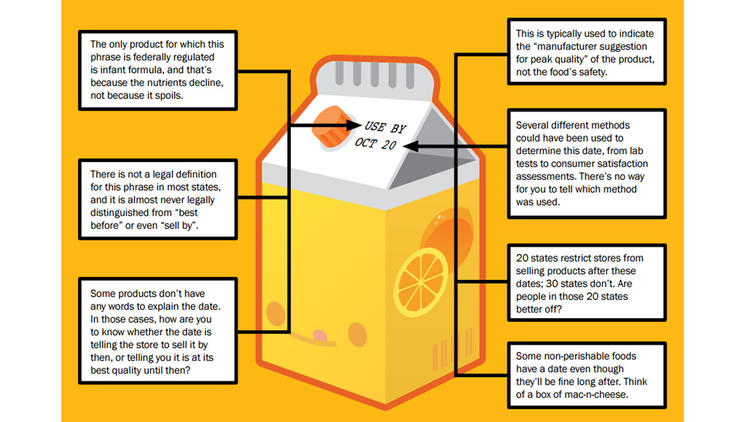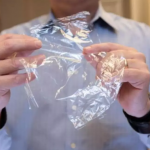
Big changes planned for the sell-by dates on food packaging
The majority of Americans have no clear idea what “sell by” labels are trying to tell them. But after 40 years of letting us guess, the grocery industry has made moves to clear up the confusion.
The Food Marketing Institute and the Grocery Manufacturers Assn., the two largest trade groups for the grocery industry, recently announced that they’ve adopted standardized, voluntary regulations to clear up what product date labels mean. Manufacturers use any of 10 separate label phrases, including “expires on” and “better if used by.” They’ll now be encouraged to choose from only two: “Use By” and “Best if Used By.”
The former is a safety designation, meant to indicate when perishable foods are no longer good. “Best if Used By” is a quality descriptor — a subjective guess of when the manufacturer thinks the product should be consumed for peak flavor.
That’s what most “use-by” dates indicate now, though studies have shown that many consumers believe they signal whether a product is OK to eat. In fact, it’s fine to eat a product even well after its so-called expiration date.
These dates typically indicate one of two things: a message from the manufacturer to the grocery store, telling the store when the product will look best on shelves, or a subjective measure — often little more than a guess — of when consumers will most “enjoy” the product. Methods for setting those dates have been left to manufacturers, rather like the phrasing of the labels themselves. But when consumers see a date labeled “use by” (or, even worse, not labeled at all) they often tend to assume that it’s a food-safety claim, regulated by some objective standard.
Read more: Big changes planned for the sell-by dates on food packaging





